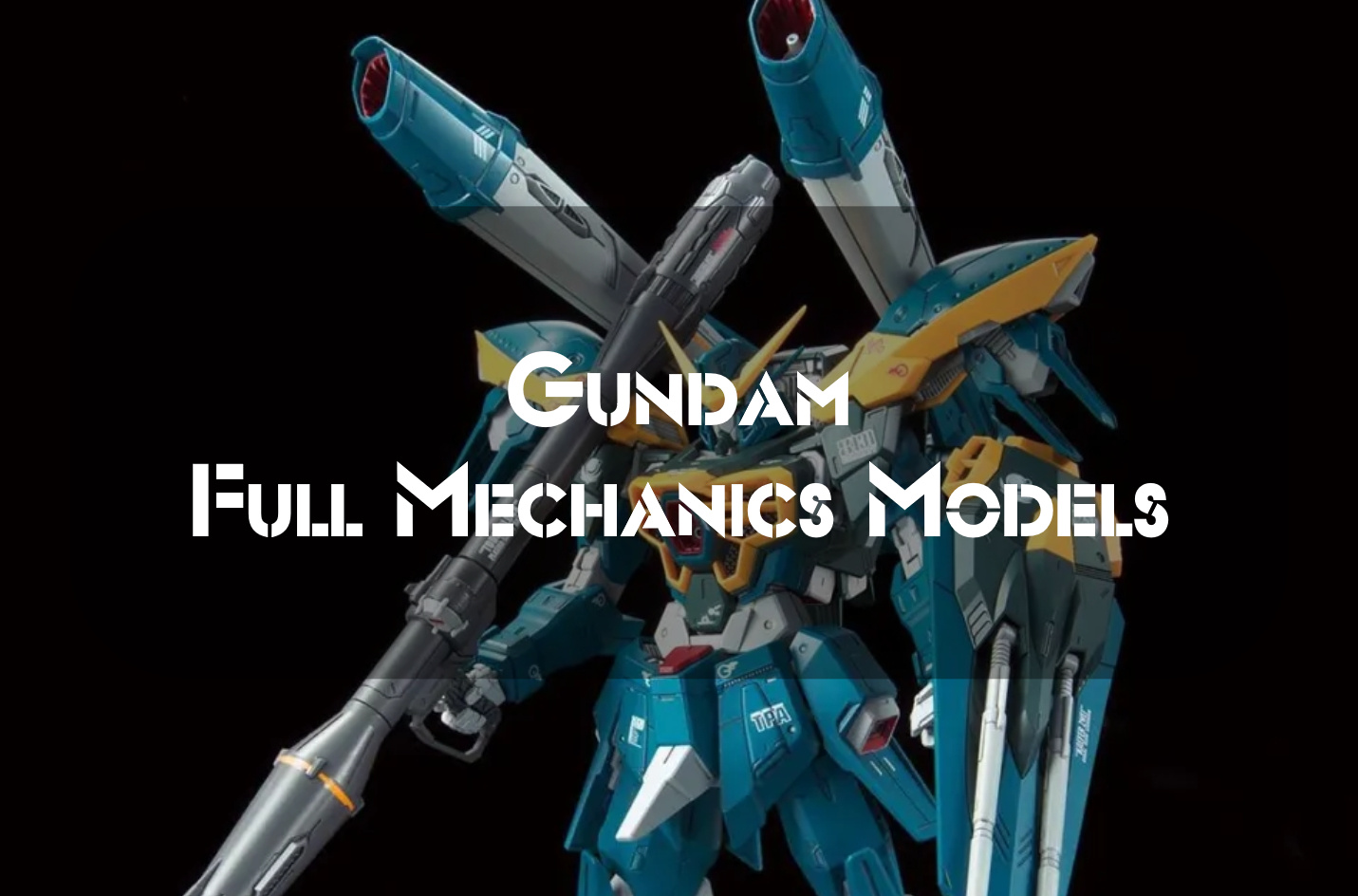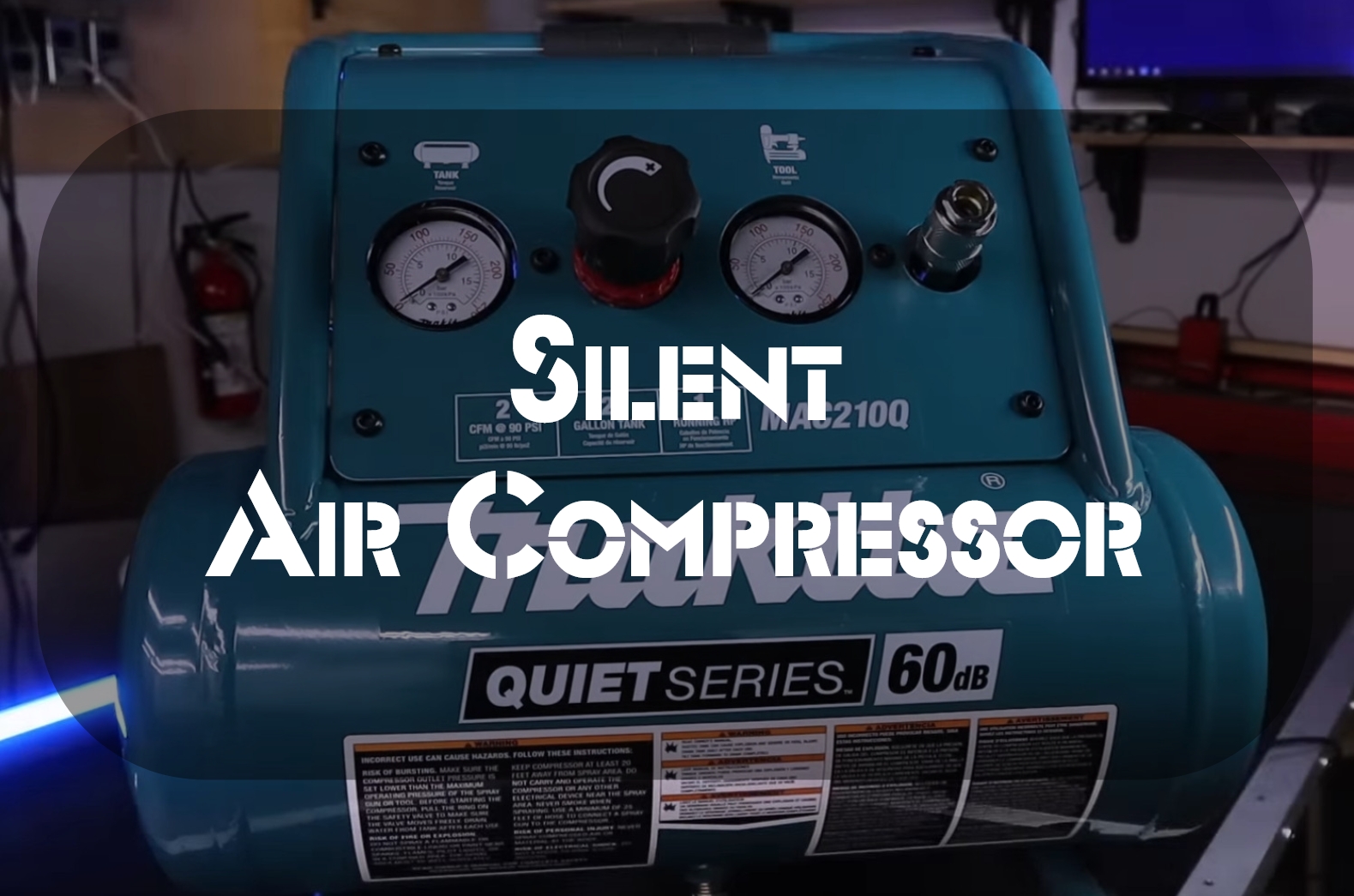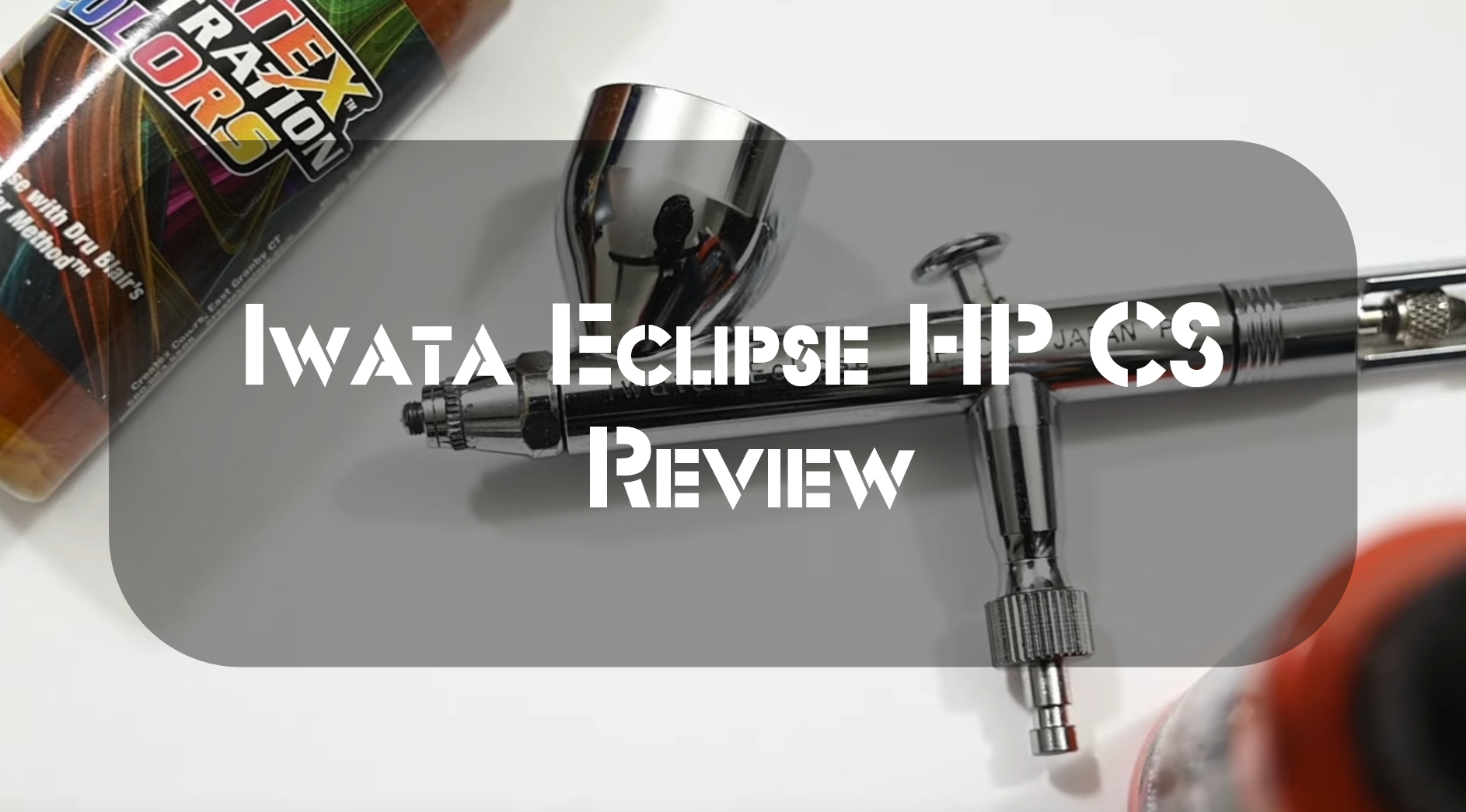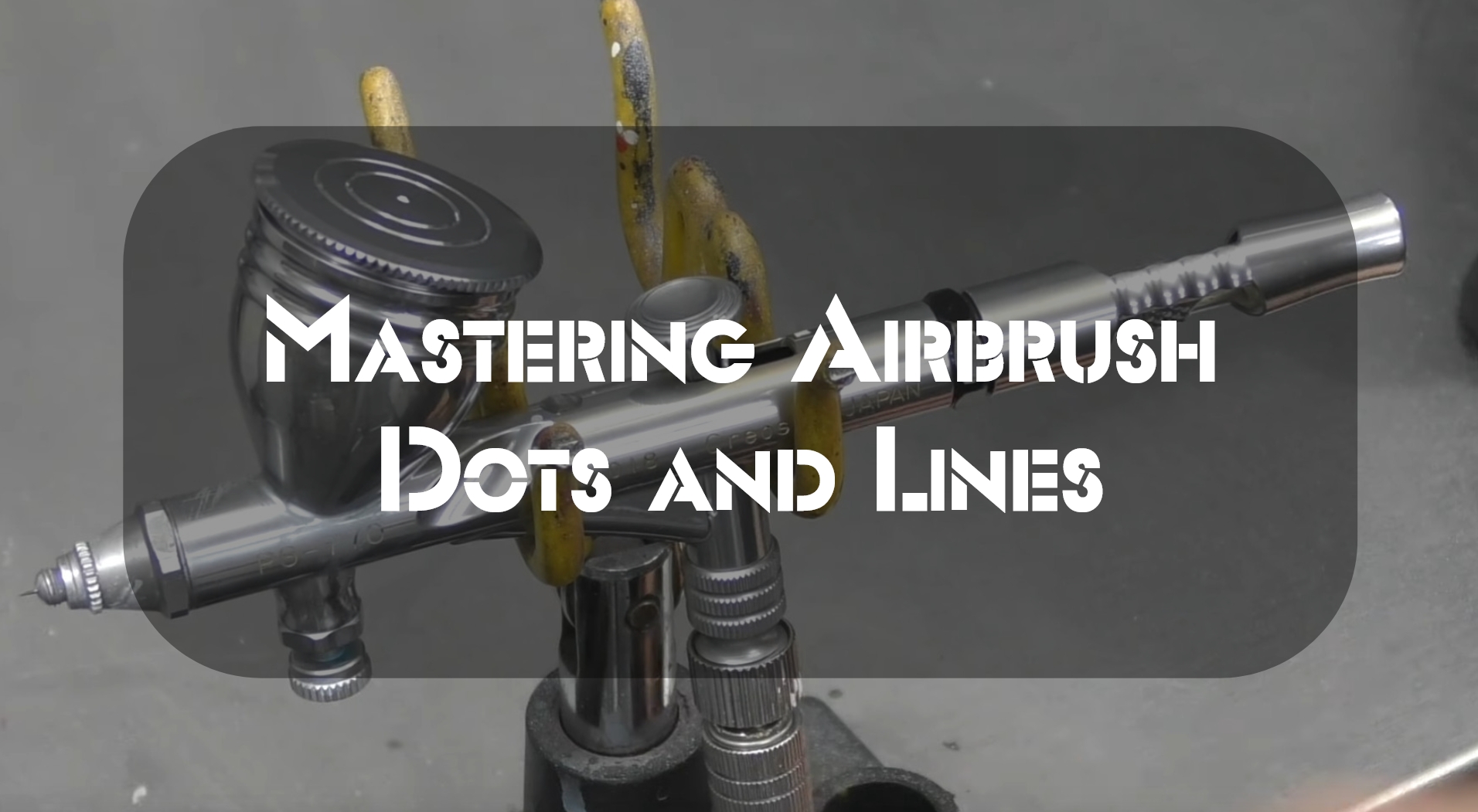Hey there, fellow Gundam enthusiasts! Are you ready for an in-depth dive into the incredible world of Gundam Full Mechanics Models? We’re talking about a seriously detailed look at the history, building techniques, customization methods, and everything in between. So buckle up and let’s get started on this fantastic journey!
What Are Gundam Full Mechanics Models?
Gundam Full Mechanics Models, often abbreviated as FM, are a line of 1/100 scale plastic model kits produced by Bandai. These models are specifically designed to provide a high level of detail, intricate articulation, and an overall sense of realism when compared to their smaller High Grade (HG) and Real Grade (RG) counterparts.
Some of the most popular Gundam Full Mechanics Models come from the Iron-Blooded Orphans series, such as the Barbatos Lupus Rex and the Gundam Vidar. These models are highly sought after by collectors, and they offer an unparalleled building experience for Gundam enthusiasts.
Why You Need a Gundam Full Mechanics Model
There are several reasons why you should consider adding a Gundam Full Mechanics Model to your collection:
- Unmatched detail and realism: The larger scale of Gundam Full Mechanics Models allows for a greater level of detail in both the design and the construction of the model. This means that you can enjoy a more accurate representation of your favorite mobile suit.
- Enhanced articulation: The intricacy of the Full Mechanics Models ensures that they have a wide range of motion, allowing you to pose your mobile suit in dynamic and action-packed positions.
- A rewarding building experience: The complexity of Gundam Full Mechanics Models makes for a satisfying and enjoyable build, perfect for those who love a challenge or are looking to level up their modeling skills.
- Customization potential: With their larger scale and increased detail, Gundam Full Mechanics Models offer a great canvas for customization. You can easily paint, panel line, and modify these kits to create a truly unique piece of Gundam art.
Step by Step Guide to Building Your Gundam Full Mechanics Model
Now that you have a better understanding of what Gundam Full Mechanics Models are and why you need one, let’s dive into the step-by-step process of building your very own Gundam masterpiece!
Step 1: Choose Your Gundam Full Mechanics Model
The first step in your journey is to choose the Gundam Full Mechanics Model that speaks to you. Whether you’re a fan of the Iron-Blooded Orphans series, the Universal Century timeline, or any other Gundam series, there’s a Full Mechanics Model waiting for you.
Some popular Gundam Full Mechanics Model kits include:
- Gundam Barbatos Lupus Rex (Iron-Blooded Orphans)
- Gundam Vidar (Iron-Blooded Orphans)
- Gundam Bael (Iron-Blooded Orphans)
- Gundam Flauros (Iron-Blooded Orphans)
- RX-78-2 Gundam (Mobile Suit Gundam)
Consider factors like design, color scheme, and complexity when choosing your kit. Take your time browsing through the available options and selecting the one that resonates with you the most.
Step 2: Gather Your Tools
Before you start building your Gundam Full Mechanics Model, you’ll need to gather the essential tools for the job. Here’s a list of tools you’ll need to make your building experience smooth and enjoyable:
- Plastic side cutters (nippers): These are essential for cutting the individual parts from the plastic runners.
- Hobby knife or X-Acto knife: A sharp knife is necessary for cleaning up nub marks and making precise cuts.
- Sanding tools: Various grits of sandpaper or sanding sticks will help you remove excess plastic and smooth out rough edges.
- Panel lining markers or panel washes: These are used to add depth and definition to the panel lines on your model.
- Tweezers: Tweezers come in handy for handling small parts and applying decals.
- Optional: Paints, topcoat, and an airbrush or paintbrushes for customizing your model.
Step 3: Organize Your Workspace
Before diving into the build, take a moment to set up a clean, organized workspace. Make sure you have plenty of light and enough space to lay out your tools, runners, and instruction manual. A well-organized workspace will make the building process more enjoyable and efficient.
Step 4: Follow the Instructions
As you begin building your Gundam Full Mechanics Model, it’s crucial to follow the instructions provided in the manual. These guides are designed to walk you through the construction process step by step, ensuring that your model comes together correctly and without any hiccups.
Take your time, and don’t rush the process. Gundam Full Mechanics Models are complex, and it’s essential to pay close attention to the instructions to avoid mistakes.
Step 5: Clean Up Nub Marks and Seam Lines
After cutting out the individual parts from the runners and assembling them, you’ll likely notice some small nub marks and seam lines on your model. These imperfections can detract from the overall look of your Gundam, so take the time to clean them up.
Use your hobby knife to carefully trim away any remaining plastic, and then smooth the area with sandpaper or a sanding stick. Be gentle and patient during this process to avoid damaging the plastic.
Step 6: Panel Lining
Once your Gundam Full Mechanics Model is fully assembled, it’s time to add some depth and definition to the panel lines. You can use either panel lining markers or panel washes to achieve this effect.
For panel lining markers, simply run the marker along the panel lines, and then use a cotton swab or tissue to gently remove any excess ink.
For panel washes, mix a small amount of paint with a thinning agent, and then use a fine brush to apply the mixture to the panel lines. Allow the wash to flow into the recessed areas, and then use a cotton swab or tissue to gently remove any excess paint.
Whichever method you choose, panel lining will give your Gundam Full Mechanics Model a more polished and professional appearance.
Step 7: Decals and Detailing
To further enhance the look of your Gundam Full Mechanics Model, you can apply decals and stickers that come with the kit. These decals add extra detail and can make your model appear more realistic and true to its source material.
Use tweezers to carefully position the decals on your model, and then press down gently to adhere them to the surface. Some decals may require a decal setting solution to help them conform to the model’s curves and contours.
If you want to take your detailing to the next level, consider adding custom paintwork, weathering, or other modifications to your Gundam Full Mechanics Model. The possibilities are endless, and the sky’s the limit when it comes to personalizing your mobile suit.
Step 8: Final Assembly and Posing
With all the details in place, it’s time to assemble your Gundam Full Mechanics Model and bring it to life. Follow the instructions in the manual to put together the various sections of your model, ensuring that everything fits together snugly and securely.
Once your Gundam Full Mechanics Model is fully assembled, take advantage of its enhanced articulation to pose it in dynamic and action-packed positions. Display your mobile suit proudly on a shelf or in a display case, and enjoy the satisfaction of having built a Gundam masterpiece from scratch.
List of Gundam Full Mechanics Models
Gundam Full Mechanics Models have taken the Gunpla community by storm, offering exceptional detail and articulation for enthusiasts. With a growing lineup of remarkable models, it’s essential to stay up-to-date with the latest releases. In the table below, we’ve compiled a list of key Gundam Full Mechanics Models, including their respective series, release types, and release dates.
| Model Name | Series | Release Type | Released Date |
|---|---|---|---|
| Calamity Gundam | Mobile Suit Gundam Seed | Standard | June 2021 |
| Freedom Gundam Ver. GCP | Mobile Suit Gundam Seed | P-Bandai & The Gundam Base Tokyo | July 2021 |
| Aile Calamity Gundam | Mobile Suit Gundam Seed Eclipse | P-Bandai Exclusive | April 2022 |
| Raider Gundam | Mobile Suit Gundam Seed | Standard | May 2022 |
| Gundam Aerial | Mobile Suit Gundam Witch and Mercury | Standard | April 2023 |
When choosing a Gundam Full Mechanics Model, there are several key decision-making factors that you should consider to ensure you’re selecting the best model for your needs and preferences. Below, we’ve identified these factors and provided an overview of how Gundam Full Mechanics Models generally perform in these areas:
- Design and Aesthetics: The overall design and aesthetics of a Gundam Full Mechanics Model can significantly influence your decision. This factor is subjective and depends on personal taste, but Full Mechanics Models generally excel in providing detailed and accurate representations of their respective mobile suits. They often feature impressive color separation, intricate molding, and a high level of detail that brings the model to life.
- Articulation and Posing: The ability to pose your Gundam Full Mechanics Model in dynamic and action-packed positions is an essential factor for many collectors. Full Mechanics Models typically perform well in this area, with a high degree of articulation and flexibility that allows for a wide range of poses. The larger scale of these models also contributes to their stability, ensuring that they remain upright even in challenging positions.
- Build Complexity: Gundam Full Mechanics Models are known for their complexity and intricate construction. This can be a deciding factor for builders who prefer a challenging and rewarding building experience. Full Mechanics Models offer a higher level of complexity than their smaller High Grade (HG) and Real Grade (RG) counterparts, making them an excellent choice for those looking to test their skills and patience.
- Customization Potential: The ability to customize and personalize your Gundam Full Mechanics Model is another crucial factor. Full Mechanics Models generally excel in this area, with their larger scale and increased detail providing ample opportunity for painting, panel lining, and other modifications. Builders can easily transform their model into a unique piece of Gundam art, reflecting their individual style and creativity.
- Price and Value: The cost of a Gundam Full Mechanics Model can be a significant factor in the decision-making process. While these models are generally more expensive than their smaller counterparts, they offer a higher level of detail, articulation, and customization potential that justifies the price. Additionally, the larger scale and complexity of these models contribute to their value as impressive display pieces and conversation starters.
- Availability and Selection: The availability of a specific Gundam Full Mechanics Model and the variety of models in the Full Mechanics lineup can influence your decision. Some models may be more difficult to find or are produced in limited quantities, which can affect their desirability and price. While the Full Mechanics lineup is not as extensive as other Gundam model lines, it still offers a range of popular and iconic mobile suits that appeal to a wide audience.
As a Gundam enthusiast, I’ve found that there are several useful resources out there that can help you make an informed decision when choosing a Gundam Full Mechanics Model. Here are three of my personal favorites:
- Gundam Kits Collection: This website is my go-to source for the latest news, reviews, and information on Gundam model kits, including Full Mechanics Models. They provide detailed articles on upcoming releases, box art, and assembly guides, which can be incredibly helpful when deciding which model to purchase. Plus, their extensive photo galleries showcase the finished models, giving you a clear idea of what to expect from each kit.
- Dalong.net: Although the site is primarily in Korean, Dalong.net is an invaluable resource for any Gundam builder. This comprehensive site features a vast library of reviews and photo galleries for virtually every Gundam model kit available, including Full Mechanics Models. The in-depth reviews often include photos of the runners, assembled parts, and fully completed models, which help me get a sense of the building process and the final product. If you’re looking for detailed information on a specific Gundam Full Mechanics Model, this site is a treasure trove of information.
- r/Gunpla: As a Reddit user, I frequently visit the r/Gunpla subreddit to connect with fellow Gundam model enthusiasts. This online community is an excellent resource for sharing tips, tricks, and experiences related to building Gundam model kits, including Full Mechanics Models. The members often post build logs, photos of their completed models, and detailed reviews that can provide valuable insight into the quality and performance of various Full Mechanics Model kits. Plus, it’s a great place to ask questions and receive advice from experienced builders.
Final Thoughts
Building a Gundam Full Mechanics Model is a rewarding and engaging experience that offers a unique blend of creativity, challenge, and satisfaction. By following this step-by-step guide, you can bring your favorite mobile suit to life and create a stunning display piece that’s sure to impress.
FAQs
Are Gundam Full Mechanics Models suitable for beginners?
While Full Mechanics Models are more complex than HG or RG kits, they can still be suitable for beginners with patience and a willingness to learn. If you’re new to Gundam model building, you may want to start with an HG kit first and then progress to Full Mechanics Models once you’ve gained some experience and confidence.
How long does it take to build a Gundam Full Mechanics Model?
The time it takes to build a Gundam Full Mechanics Model varies depending on the complexity of the kit, your experience level, and the level of customization you choose to apply. On average, it can take anywhere from 10 to 30 hours to complete a Full Mechanics Model, including assembly, detailing, and any additional customization.
Can I paint my Gundam Full Mechanics Model?
Absolutely! Many builders choose to paint their Gundam Full Mechanics Models to further customize and enhance their appearance. You can use acrylic or lacquer paints, either hand-brushing or airbrushing, depending on your preference and skill level. Remember to use a primer before painting and apply a topcoat afterward to protect your paint job.
Do I need to use glue when building a Gundam Full Mechanics Model?
Most Gundam Full Mechanics Models are designed to be snap-fit, meaning that they don’t require glue for assembly. However, some builders choose to use glue on certain parts for added stability or to fix seam lines. If you decide to use glue, make sure to use a plastic cement specifically designed for model kits.
What is the difference between Gundam Full Mechanics Models and Master Grade (MG) models?
Gundam Full Mechanics Models are primarily focused on the Gundam: Iron-Blooded Orphans series, while Master Grade (MG) models encompass a broader range of Gundam series. Both lines are 1/100 scale, but MG kits generally offer a higher level of detail, inner frame complexity, and accessories compared to Full Mechanics Models. The choice between the two lines comes down to personal preference and the specific mobile suits you’re interested in building.
Hey there! I’m Richard Baker, a miniature painter who’s been in the game for a solid decade now. I’ve been painting miniatures for ten years and I’ve got a ton of tips and tricks to share with you all. My website is a treasure trove of knowledge that I’ve gathered from both my own personal experiences and from reading all sorts of books.





Leave a Reply